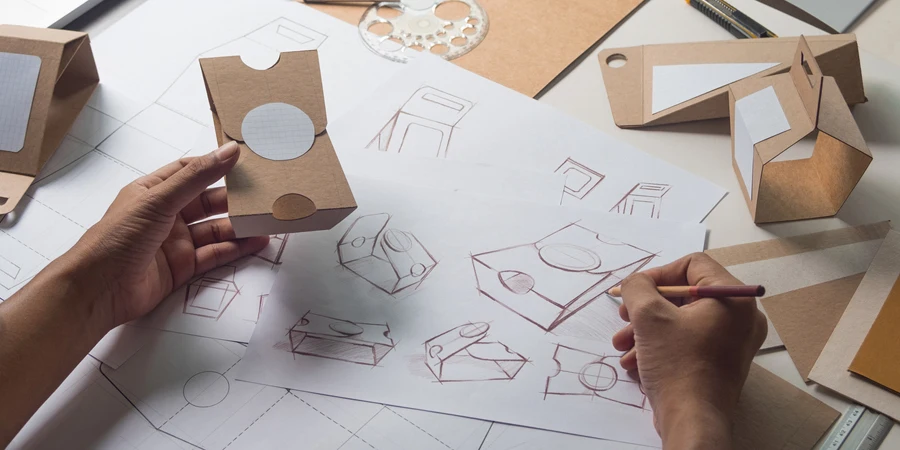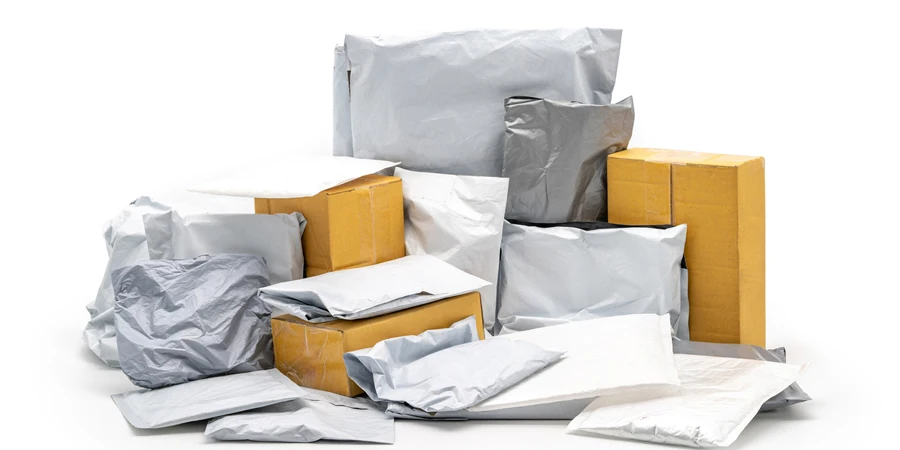Packaging personalisation is now key in modern branding, enabling deeper customer connections and market differentiation.

In the era of mass production and digital marketing, consumers crave personalisation and unique experiences.
Packaging personalisation presents a powerful opportunity for brands to connect with customers on a deeper level, differentiate themselves from competitors, and foster brand loyalty.
In this article, we explore enduring tactics for packaging personalisation that stand the test of time, offering insights and strategies to help businesses create memorable and impactful packaging experiences.
The evolution of packaging personalisation
Packaging personalisation has evolved significantly in recent years, driven by advancements in technology, changing consumer preferences, and the rise of e-commerce.
What was once a luxury reserved for high-end brands has now become a mainstream expectation among consumers.
From customised labels and packaging designs to personalised messages and product recommendations, brands are leveraging packaging personalisation to create unique and memorable experiences for their customers.
Despite these advancements, the underlying principles and tactics for effective packaging personalisation remain timeless and relevant in today’s fast-paced marketplace.
1. Understanding customer preferences and behaviour
The first step in implementing effective packaging personalisation tactics is to understand customer preferences and behaviour.
By gathering data on customer demographics, purchase history, and preferences, brands can tailor packaging personalisation efforts to meet the specific needs and expectations of their target audience.
Understanding factors such as preferred colours, design styles, and packaging formats allows brands to create packaging that resonates with customers on a personal level, fostering stronger emotional connections and brand loyalty.
Additionally, leveraging data analytics and market research enables brands to identify trends and opportunities for innovation in packaging personalisation, ensuring that their strategies remain relevant and effective over time.
2. Embracing technology for customisation and automation
Advancements in technology have revolutionised the way brands approach packaging personalisation, making it easier and more cost-effective than ever before.
From digital printing and variable data printing (VDP) to advanced packaging design software and artificial intelligence (AI), brands have access to a wide range of tools and technologies for customising packaging at scale.
By embracing technology-driven solutions, brands can create highly personalised packaging experiences that resonate with customers while also streamlining production processes and reducing costs.
Additionally, automation tools and workflows enable brands to efficiently manage and execute packaging personalisation efforts, ensuring consistency and accuracy across all touchpoints.
3. Incorporating interactive and experiential elements
Incorporating interactive and experiential elements into packaging design is another enduring tactic for enhancing personalisation and engagement.
From QR codes and augmented reality (AR) experiences to interactive packaging designs and unboxing rituals, brands can create immersive and memorable experiences that captivate customers and leave a lasting impression.
Interactive packaging not only adds value to the product but also provides an opportunity for brands to tell their story, showcase product features, and engage customers in a meaningful way.
By incorporating interactive and experiential elements into packaging, brands can create unique and shareable moments that drive brand awareness, loyalty, and advocacy.
In the end, packaging personalisation offers brands a powerful opportunity to create memorable and impactful experiences that resonate with customers on a personal level.
By understanding customer preferences and behaviour, embracing technology for customisation and automation, and incorporating interactive and experiential elements into packaging design, brands can enhance personalisation efforts and differentiate themselves in today’s competitive marketplace.
These enduring tactics for packaging personalisation provide brands with valuable insights and strategies to create meaningful connections with customers and drive long-term success in the ever-evolving packaging industry.
Source from Packaging Gateway
Disclaimer: The information set forth above is provided by packaging-gateway.com independently of Alibaba.com. Alibaba.com makes no representation and warranties as to the quality and reliability of the seller and products.








